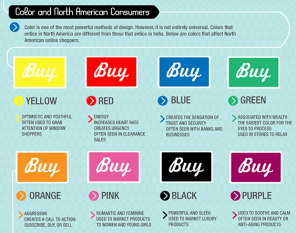Sneaky, Sneaky What Did You Just Say to Me?
In logical arguments, claims come in neutral forms – without the “bells and whistles” that evoke our emotions. When persuasive strategies are used to mix in language containing emotive force, language which suggests something without outright saying it, or language that is vague, we are no longer considering a logical








